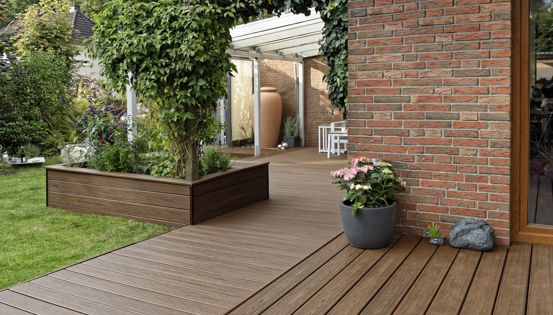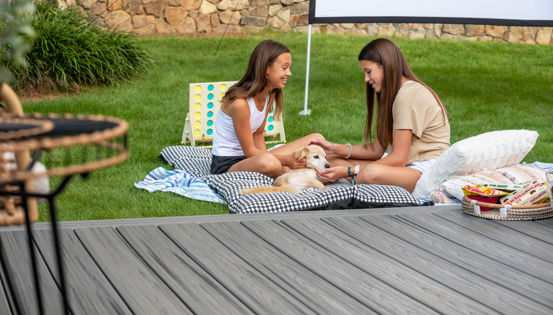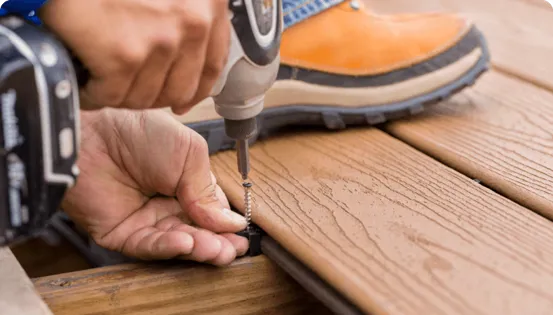Choosing your materials can be difficult. Often, it comes down to price or availability. You don’t have to rely on the big box stores for your deck products. There are specialty lumberyards in most cities that carry species of lumber that you cannot find at the big box stores.
Pressure-Treated | |||
| Scale Photo | Density | Weight | Elasticity |
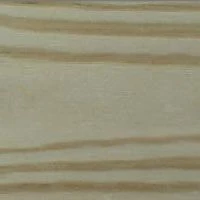 | 14,400 psi | 590 lbs. | 5.2 |
| Description & Longevity | |||
| The most popular choice of deck materials in the US, primarily because it is long-lasting and the most economical. About 80 percent of pressure-treated wood is Southern yellow pine, although other plentiful local species are used in some areas. Grain patterns are prominent; its initial greenish color becomes a honey brown before fading to gray. It is available in nearly every lumber outlet – in various grades and in common lumber dimensions plus 5/4 (spoken five-quarter) decking profiles. Tags stapled on the ends of lumber indicate the intended use, e.g., above-ground or ground contact. Some dealers carry material that contains built-in water repellent or is re-dried after treatment. The chemical preservative is forced into the wood cells under pressure. Pressure-treated wood usually has a warranty against decay and termite damage, in most cases for the lifetime of the original purchaser. Preserved lumber is also used for fencing, landscaping, walkways and other backyard projects. | |||
Western Red Cedar | |||
| Scale Photo | Density | Weight | Elasticity |
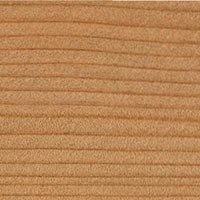 | 7,550 psi | 455 lbs. | 7.7 |
| Description & Longevity | |||
| Newly cut cedar has a color range from light browns and tans to salmon pink. Left untreated it will eventually turn silvery gray and then to a very dark brown. It's graded A, B, C or D. This soft wood is more durable than most woods in common use. It is resistant to decay, but relatively soft and quick to weather. Preservative treatment/sealing is recommended. | |||
Redwood | |||
| Scale Photo | Density | Weight | Elasticity |
 | 9,800 psi | 485 lbs. | 9.2 |
| Description & Longevity | |||
| Redwood is available in several grades which vary considerably in appearance and quality. The color will vary from a light red to a dark reddish-brown. It's graded in Clear Heart, B-Grade, Construction Heart or Construction Common. The clear heart grade is more durable than the other redwood grades because of its high-resistance to decay. This is the grade that redwood has received its reputation on. Redwood is a soft wood and weathers to a yellowish-red very quickly. | |||
Mahogany | |||
| Scale Photo | Density | Weight | Elasticity |
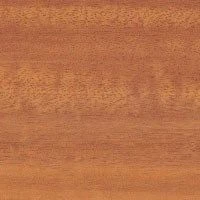 | 11,900 psi | 775 lbs. | 11 |
| Description & Longevity | |||
| Honduras mahogany is a true mahogany. There are other species like "Philippine Mahogany" that try to take the well-known name. True mahogany has a woven look to the grain with a courser texture. Not all mahogany has the resistance to decay needed for outdoor use. The medium to dark red and brown species are more resistant to decay. | |||


